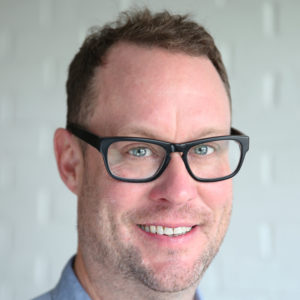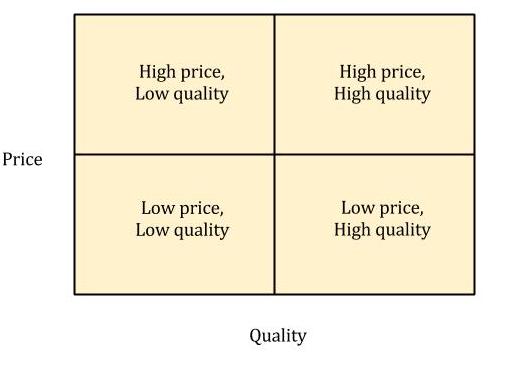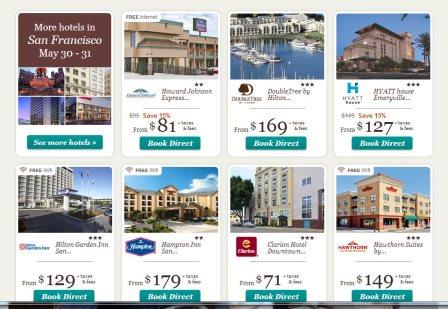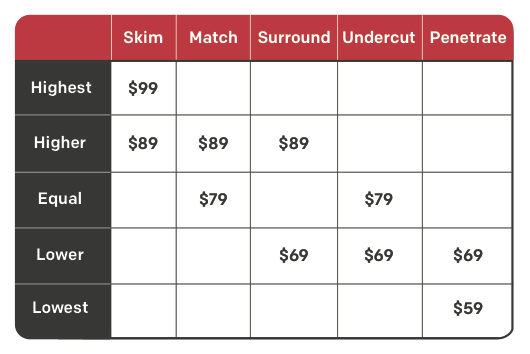Google’s 9 Principles of Innovation for Every Organization
In just 16+ short years (how time flies when it comes to innovation online), Google has gone from a company with one product to one with more projects than you can name, daily touching the lives of billions around the world, pushing the boundaries of innovation at every turn. Google’s Chief Social Evangelist, Gopi Kallayil, outlines the 9 principles of innovation at Google and how they can be applied to your organization.
1. Innovation should come from everywhere
Do you have an innovation department? Maybe a Chief Innovation Officer? Probably not. And they don’t exist at Google either. It is the job of everyone to innovate, from top to bottom. Innovation can come from anywhere in the company and many times, allowing each employee the opportunity to contribute to big innovative ideas, you will get some surprising results.
Google example: Dr. Roni Zeiger, chief health strategist for Google, convinced higher ups it’s Google’s moral responsibility to include Suicide Prevention Hotline information above the algorithmic search results for suicide.
2. Focus on the User
Product design decisions should always be made around solving customers’ problems, not by how much money it will make. Design a beautiful and useful user experience, and the revenue will follow, even if it is much later.
Google example: Instant Search provides search results as you type, leaving no time for the user to see the ads, but the UX is so great, people come back to Google over and over.
3. Think 10X
If you come into work every day and improve your process a little each day, you only achieve incremental progress. If you want innovative change, you need to think about how to change things by 10X. Think bigger than what you think is possible and don’t let available resources stop you.
Google example: Google Books was started in 2004 when Google didn’t have the power, funding, or technology to take on such a huge project, but that didn’t stop them!
*Fun fact: Marissa Mayer was the first page flipper for the project in prototype until robotic arms were built to flip the pages in time with the camera exposures.
4. Bet on Unique Insights
Every organization has unique insights because they see the world through a certain lens that no one else has. Don’t get stuck innovating your own products when you could have the next big idea to change the world.
Google example: The self driving car: Why did Google come up with this instead of a car company? Because their engineers saw a solution to the problem of over 1,000,000 fatal car accidents every year. The problem was human error. Take out the human and solve the problem.
5. Launch and Iterate
Some companies only ship when products are flawless and perfect. The problem is that no product is ever perfect. Once it hits the users, there are always nooks and crannies that appear full of issues and needed improvements. Take a leap of faith and release your next product as a reasonably functioning prototype and let your users provide all the feedback in less time. Iterate, then relaunch, then iterate and relaunch again. The most important button on any product is the feedback button. Use it!
Google example: Google releases a new version of Chrome every six weeks. Constant iteration has led it to become the #1 browser in many countries around the world.
6. 20% Time
Give your employees 20% of their time to focus on the items they are most passionate about. You may be worried they will waste their time on frivolous side tracks, but when the ideas are shared around, people spend their 20% devoting their time and resources to the best ones, creating a self-governing and self-regulating environment. This truly allows everyone in the organization the time to act on their innovative spirit.
Google example: Street View on a bike was a great idea developed by Dan Ratner, Senior Mechanical Engineer. He spent his 20% time working to make the equipment smaller and more portable so that people could view the world’s most interesting places that aren’t accessible by Street View cars. Check out the underwater cam on the Galapagos Islands!
7. Default to open
Everyone wants to hire the best and brightest top 1%, but who can hire 7 million people? By opening up your your development to the world, you are tapping into a huge community of all the top 1% minds in the world. Tap into the collective wisdom of the people that use your product as well. They use it, so let them come up with your marketing ideas and strategies, like these adorable kids.
Google example: Map Maker is letting rural communities around the world create their own Google Maps. Over the course of 3 years, the small village of Kottayam in India built a very comprehensive map of the town where a map never existed before.
8. Fail Well
There should be no stigma attached to failure. If you don’t fail often, you’re not trying hard enough. You’re not pushing the boundaries of innovation. Failure is a badge of honor. Be honest about it and fail with pride.
Google example: Do a google search for failed google products and you will find a digital graveyard complete with skulls and crossbones. A few of my favorites: Buzz, Google Wave, and Google Dictionary.
9. Have a Mission that Matters
The most important principle for innovation in your organization is having a mission that people can believe in. Having a sense of mission and purpose gets people in the door every day with the need to be innovative.
Google example: Ask any Googler why they work there. It’s not the great benefits or common areas stocked with snacks and ping pong tables, it’s the mission. They seriously believe the work they do has a huge impact on millions and millions of people. In tens of thousands of rural poor schools around the world, access to computers and the internet with products and services from Google level the playing field for information. Everyone has the same access to information whether they are in a small village or the Stanford University library.





